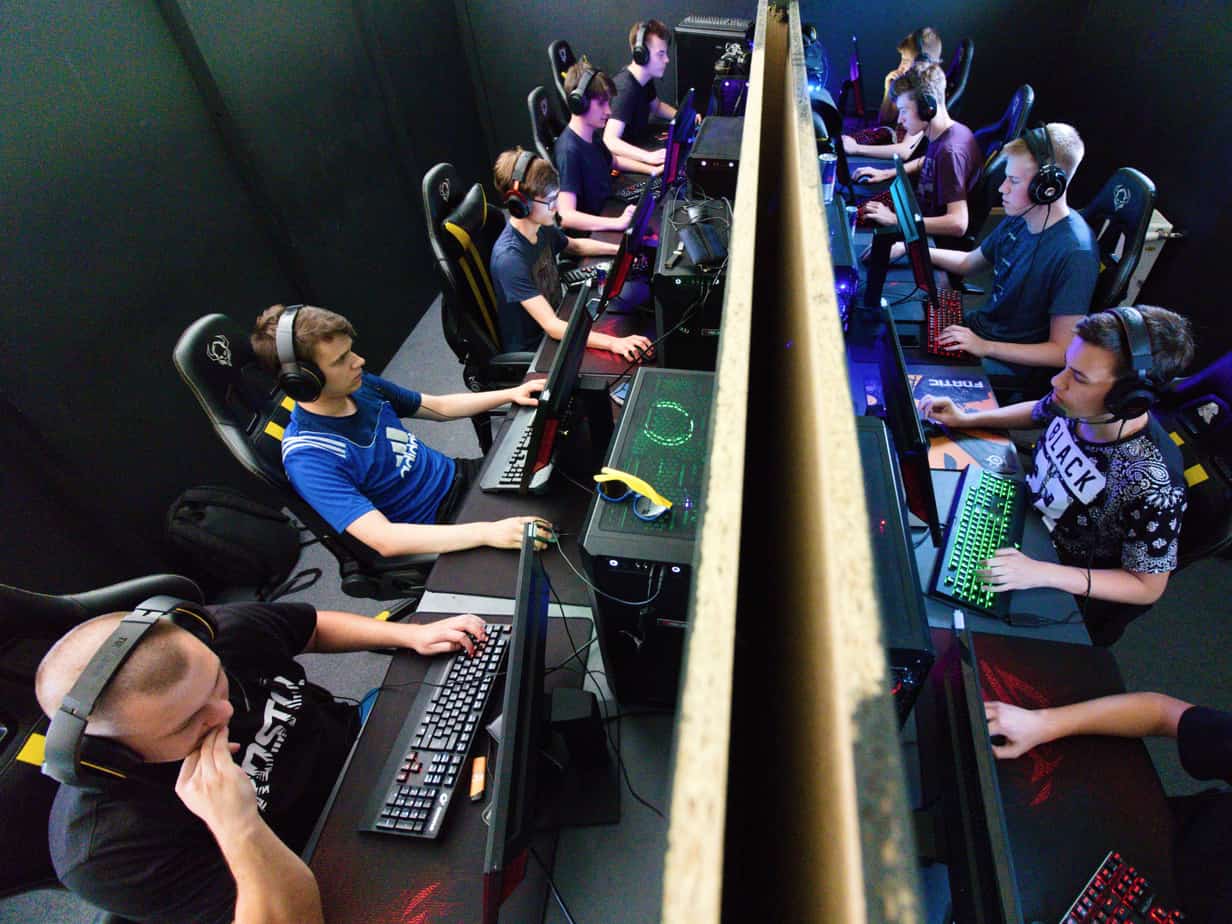
New data from Extreme Networks, Inc. and eCampus News shows that the esports industry is nascent, but growing rapidly.
The report, which surveyed 281 technical and administrative leaders across K‑12 and higher education in North America, Latin America, Asia Pacific, Europe, and the Middle East, found that 1 in 5 schools already have esports programs, and 71% are considering or might consider adding an esports program in the future.
Only 9% of schools cited a lack of student interest as a reason for not having an esports program. The results underscore the momentum of the esports market and indicate that schools are embracing esports programs to boost student recruitment and retention, better prepare students for the job market, and blend on-campus and online experiences.
Key findings include:
- Esports improves overall campus experience, drives recruitment, and diversifies learning.
88% of schools with college esports programs in place said that their program diversifies extracurricular activities, 56% said it improves overall campus experience, 47% said it fosters interest in STEM, and 41% said it helps with student recruitment.
Schools also find that esports can help develop in-demand job skills. SUNY Canton — home to the first varsity esports squad in New York State and the first New York State esports team to join the National Association of College Esports.
The latter leverages its esports program to offer game design and development degrees, technological communication, cybersecurity, and graphics and multimedia.
- League of Legends and Overwatch reign supreme.
Our survey reveals that at the school level, League of Legends and Overwatch are the most popular games for colleges with esports programs, as 81% of schools involved in esports compete in League of Legends.
According to Esports Earnings, Dota 2 and Counter Strike — Global Offensive are the top games in professional esports leagues. That’s based on the prize pool. On the other hand, 50% compete in Overwatch, followed by Fortnite with 37%.
Others with frequent mentions include FIFA, Hearthstone, Dragon Ball Fighter Z, Rocket League, and Super Smash Brothers.
- Schools are using scholarships to attract esports talent.
20% of schools already offer scholarships and financial aid to encourage students with experience to enroll in an esports program. Another 67% say they are considering it.
- Fears of high program costs are misguided.
45% of schools cited cost as the primary barrier to launching a program for esports. But the survey found that 69% of schools that have it estimate annual expenses to be less than $10,000.
- Designated esports facilities are on the rise, and the network is key.
59% of schools with a program either have a designated esports facility or plan to build one. But to succeed, these facilities must have the proper IT infrastructure.
The network is critical to building an esports program, interconnecting powerful gaming stations and myriad devices. Also by minimizing latency, and ensuring a smooth spectator experience. Schools need to have a reliable, high-speed wired and wireless network with analytics to optimize esports programs and maximize value.
Conclusion
Unsurprisingly, Esports Players are 125% more likely than others to be in the 17 to 24 age range, according to AudienceSCAN. That's the prime college-seeking age range. Nearly 66% of them have played games online within the last 30 days who were not part of esports university programs.
Within that same amount of time, 59.5% have used a search engine to research a product they were considering. They're also susceptible to online ads by spending so much time online.
Last year, these consumers took action after either seeing an ad on their mobile phone apps or receiving an ad via text message (67%). Also by receiving an email ad (61.9%), and clicking on a text link ad on a website (61.8%). They're also 78% more likely than others to find advertisements on social media useful.
AudienceSCAN data is available for your applications and dashboards through the SalesFuel API. In addition, AdMall contains industry profiles on colleges, universities, and professional schools, as well as lead lists at the local level. Media companies, sales reps, and agencies can access this data with a subscription to AdMall from SalesFuel.
